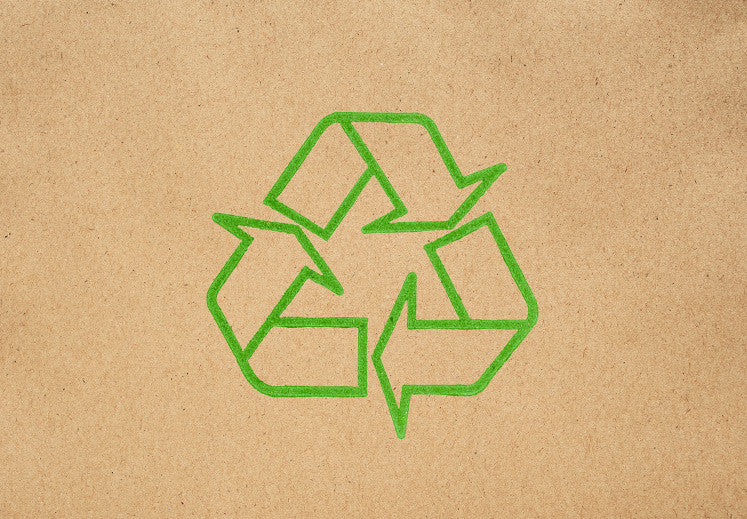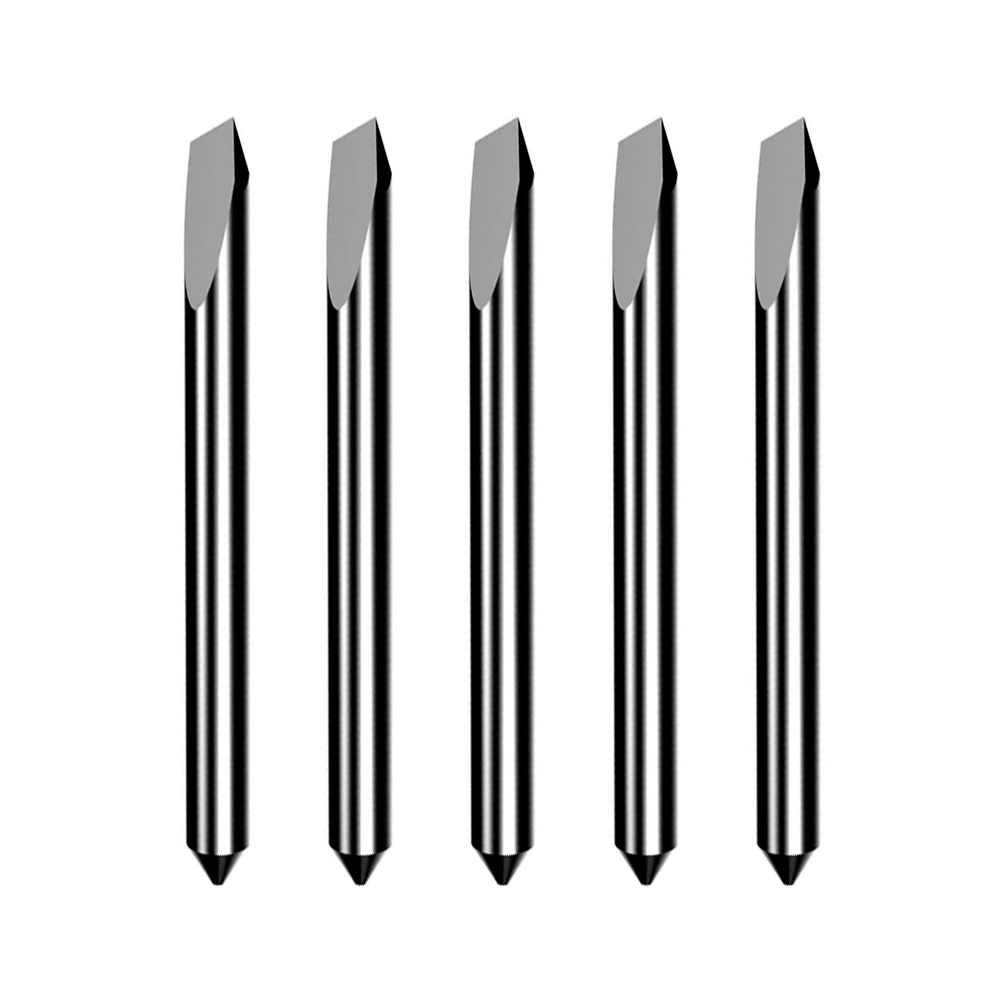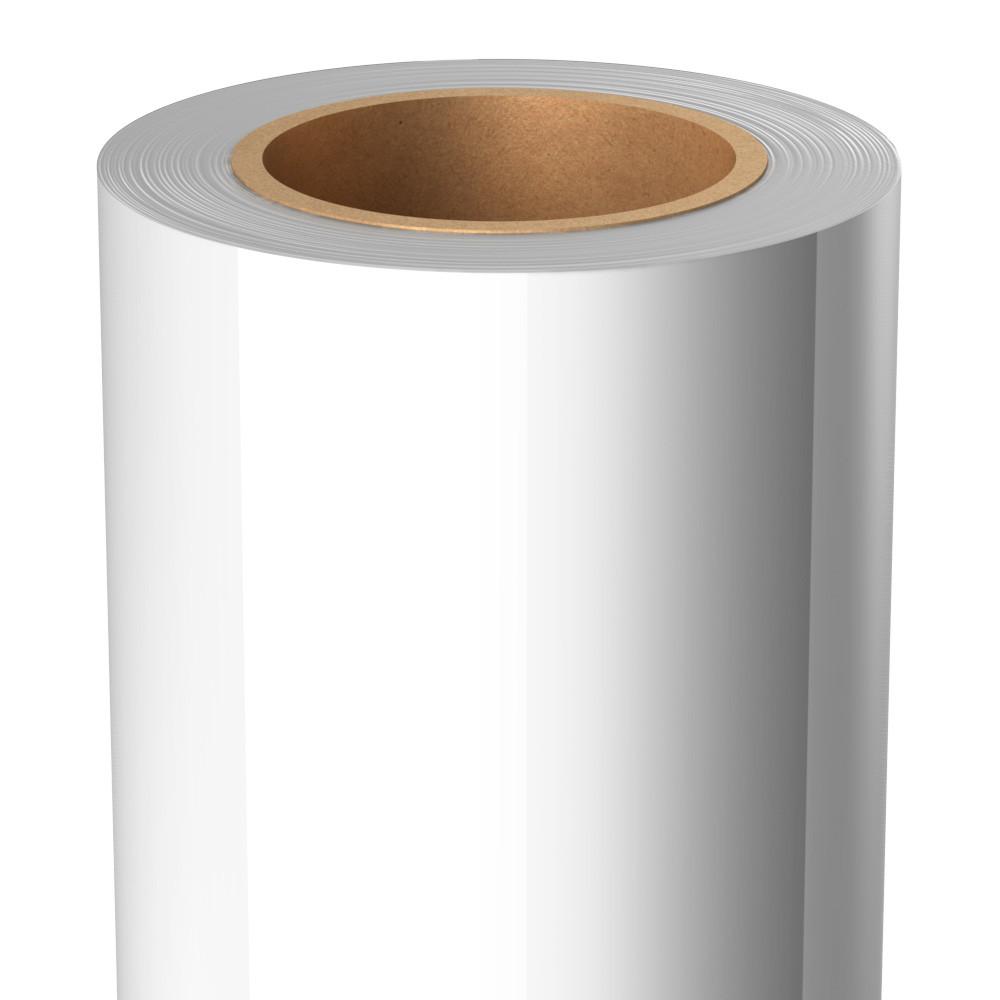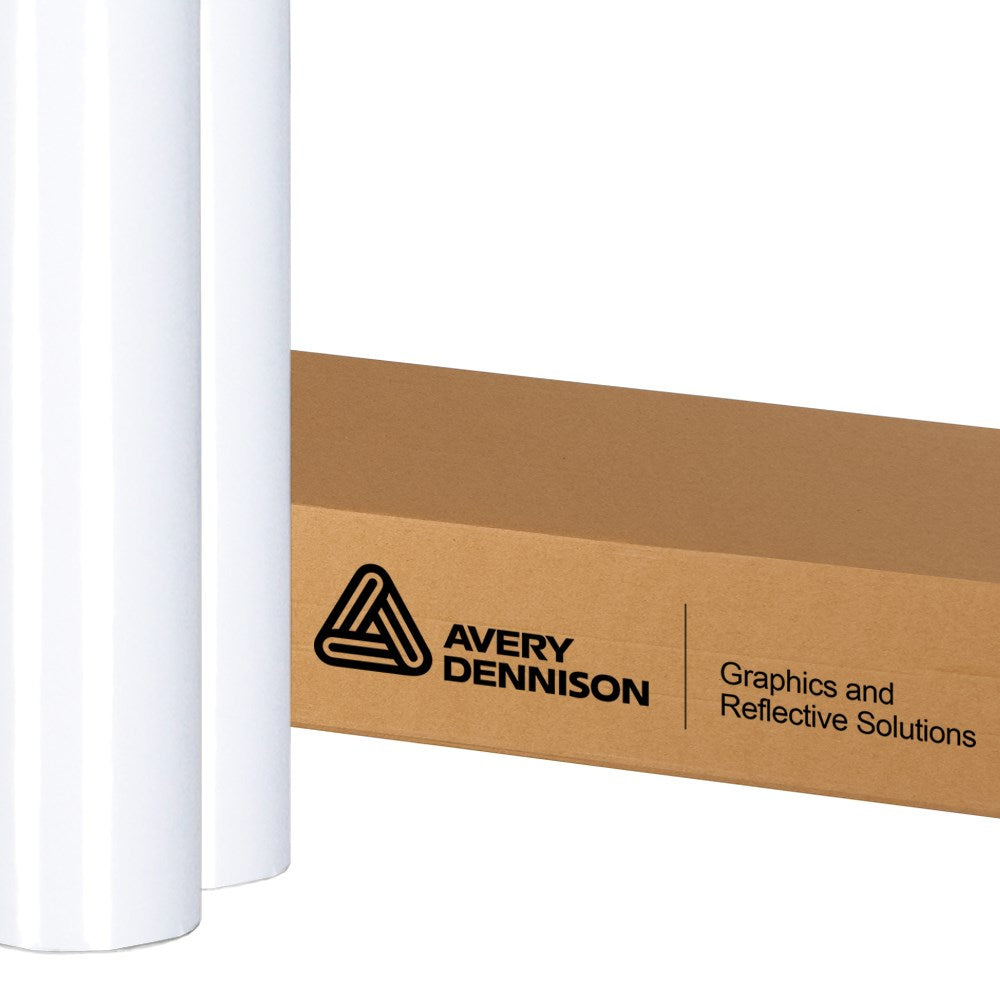The digital marketing space may not use paper, but it doesn't have a monopoly on eco-friendly practices. In fact, with culture as a whole shifting toward a more environmentally conscious attitude, the printing industry has taken steps to reduce its carbon footprint. Here are some ways the industry is changing and how your operations can follow suit:
Thermal printing

Printers come in a variety of types to accommodate different techniques. One such type of printing is called thermal, which uses heat to transfer wax color from a ribbon onto the surface on which you're printing. This technique eliminates the need for standard ink, saving on hard-to-recycle cartridges. Chemical inks aren't good for the atmosphere, but wax-based ones, like those used in thermal printing, don't release fumes. Thermal printing is durable, which means it can hold up outdoors - perfect for printed marketing collateral.
Another benefit of thermal printing is that the technique doesn't require specific paper. That means you can use whatever paper you want or have to create long-lasting materials. If you're trying to be more eco-friendly, use recycled paper.
Low VOC
Volatile organic compounds are chemicals that can negatively impact health and the environment. They are released into the atmosphere through some liquids, including paints and inks. As such, the printing industry has started using more low-VOC inks to prevent harm. These are products that release fewer VOCs than traditional options and are usually made of natural materials. Rather than chemical inks, for example, some operations use soy- or water-based colors. Choosing machines that take low-VOC cartridges is especially important if you don't use green techniques like thermal printing.
You can also use low-VOC coatings, varnishes, and laminates. As with ink, coatings made with water and soy are the best for the environment. Additionally, consider ultraviolet coatings. These are cured using sunlight and do not produce VOCs. Essentially, UV coating requires less energy to use than other types of sealants. Just be sure you use modern tools and coatings, as they are more eco-friendly than older UV tools.
Proper disposal
Another issue with ink printing is properly disposing of color and cartridges. Throwing out low-VOC inks negates their benefits. Instead, recycle. Many manufacturers have buy-back or recycling programs that take cartridges off your hands. Others will refill your cartridges. Investigate the options you have. You can even donate old, empty cartridges to nonprofits that accept them.
Multi-functional machinery
Combining the functionality of multiple machines into one unit can save on energy and space. For instance, vinyl printer cutter combo units allow your printing operations to complete all of its vinyl projects on a single machine. Reducing energy use is good for the environment, as it burns fewer resources, but also for your bottom line. What's more, you'll avoid consuming materials (like plastic and metal) by combining two machines. For instance, if you need two printers and two cutters, you would traditionally have to purchase four machines. With a multi-functional unit, though, you can buy half as many.




